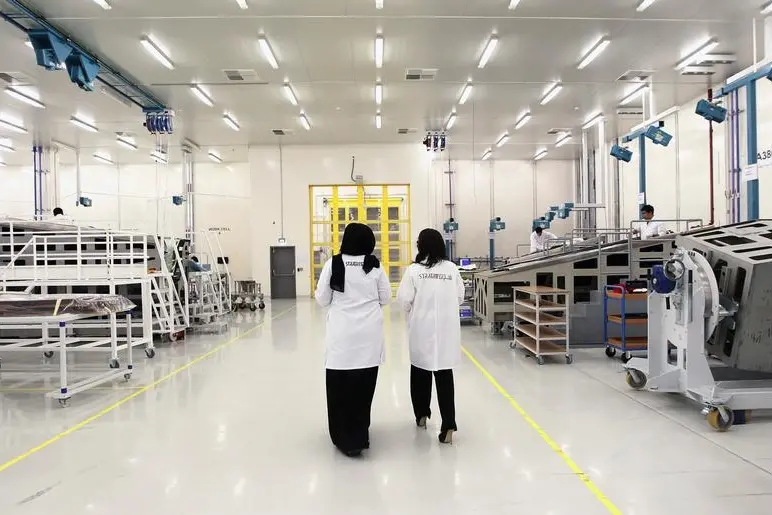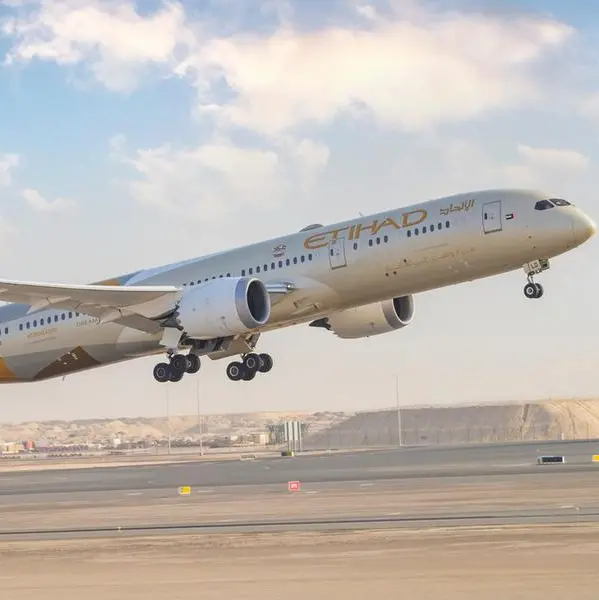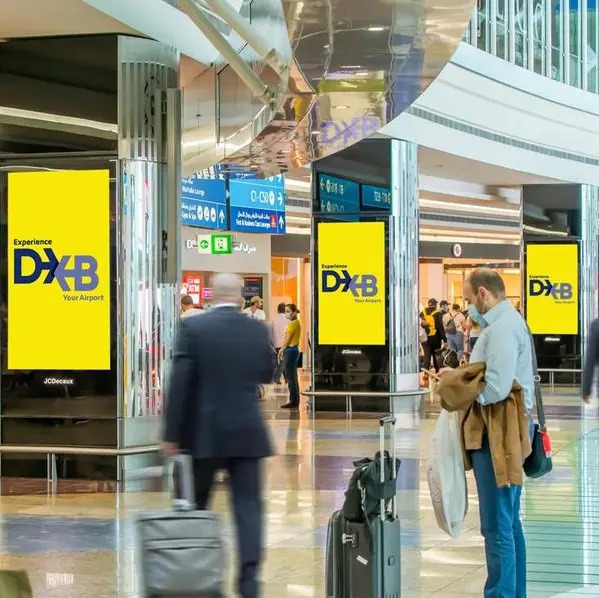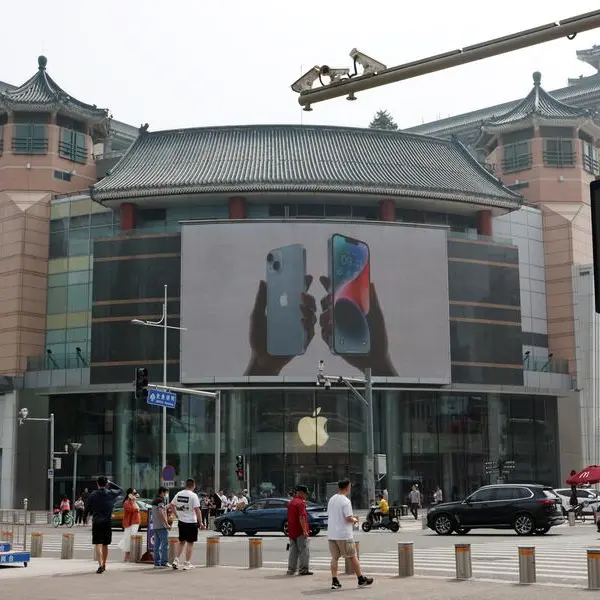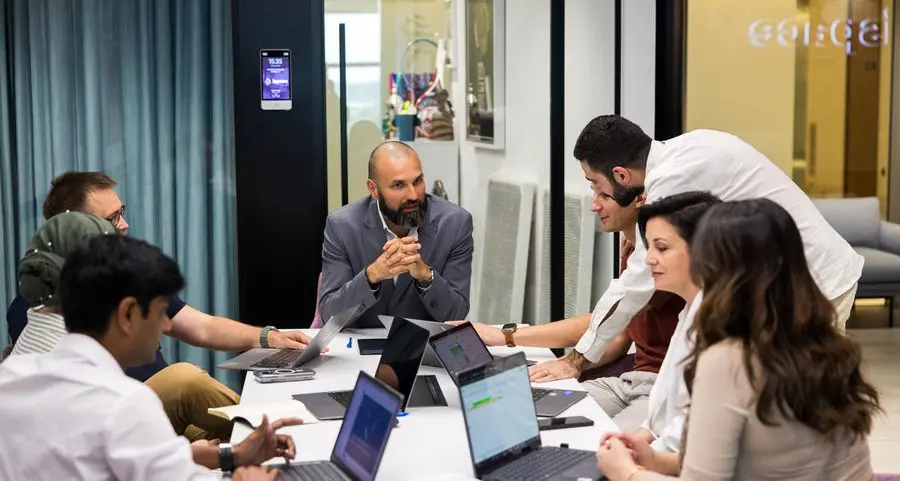PHOTO
Saturday, Feb 13, 2016
Dubai: Investors and developers will do well to follow Boeing’s lead in Dubai. Or even Ikea’s for that matter.
The aircraft manufacturer and the Swedish DIY (do it yourself) retailer last year confirmed major commitments at Dubai South’s industrial and logistics hub. These, and similar commitments by others, ensured industrial realty had a stable ride all through last year, and bucking the softening trend in the other property categories.
“Industrial land sale prices grew marginally in older areas due to the shortage of supply, while newer areas were able to maintain their prices owing to the infrastructure and locational advantages they offer,” according to a new report issued by the consultancy Core Savills. “Industrial zone rental rates were broadly stable across most of the older locations with the newer areas — Dubai South, DIP (Dubai Investments Park) and DIC (Dubai Industrial City) showing marginal growth.”
The master-developers involved will take the “marginal” gains well in their stride. It assures their investors and tenants relative stability on costs, which many of them would look to stretch into the medium term.
The upturn is holding up even for the older industrial and warehousing clusters. Al Quoz, Al Ghusais and Ras Al Khor are operating at ‘almost full occupancy and have maintained higher rental rates as a result of shortage in supply’, Core Savills reports.
“The lack of available space in these areas has led many existing occupiers to consolidate their businesses where possible, but they are increasingly exploring options in new locations. However, the established are generally preferring to remain where they are due to their desire to minimise capital expenditure and the convenience of faster delivery times facilitated by their central locations.”
New investors
A similar focus is visible in Abu Dhabi, where Kizad has been successful in drawing major investments from investors/occupiers. Sharjah last October opened plot sales for the first phase of its ambitious Al Sajaa Industrial Oasis, a project that aims to draw new investors apart from the many existing factories located within the city limits.
Some of the master-developers are also exporting the concept to the other Gulf markets. Dubai Investments is engaged in a joint venture to develop such a facility in Riyadh. It has, in the past, also evinced interest in possible projects in Africa on build-operate-transfer models.
The Core Savills report, meanwhile, notes that this year could have similar good tidings for Dubai’s industrial and logistics hubs.
‘Despite the context of regional economic uncertainty, the outlook for 2016 is likely to continue to be relatively strong,’ it states. ‘Unparalleled connectivity, stable rental rates, a significant pipeline of available land and built space, the ability to build high quality, high specification supply on competitive timelines together with ¬flexible lease terms are likely to ensure that Dubai continues to dominate the regional logistics and industrial sectors.’
How the individual industrial hubs stack up
• Jebel Ali Free Zone: In 2015, over 600 new licences were issued, of which almost 120 were for new manufacturing and logistics occupiers, according to Core Savills. “Almost 70 per cent per cent of new occupiers were overseas entrants and this growth supported Jafza’s high occupancy levels, whilst retaining a further 15 square kilometres of land near the airport for future expansion.”
• Jebel Ali Industrial Area: It offers supply in all formats and sizes such as manufacturing, warehousing and land plots, but with limited Grade A and predominantly grade B built quality.
• Dubai Investments Park: It has “promoted industrial activity by virtue of its land lease rentals being lower for purely industrial land leases compared to warehousing land leases,” the report says. Nearly 90 per cent of its land is already leased. There was “robust rental movement in its subletting market with approximately 2.4 million square feet of built-up being transacted by close to 200 companies in 2015”.
• Dubai Industrial City: The cluster has over 70 per cent of its 55 square kilometre master plan dedicated to manufacturing, utilities and infrastructure. With about 45 new occupiers taking space in 2015, DIC has reported its highest activity levels since inception (2004) over the last two years, the report adds.
• Dubai South: It forms one end of a dedicated logistics corridor linked with Jebel Ali port to the northwest. “The corridor forms a multi-modal, single customs bonded free zone and enables a sea — air turnaround in under four hours,” the report says. “This level of connectivity has propelled it to the forefront of warehousing activity with third party logistics occupiers taking up new space and existing tenants expanding.”
By Manoj Nair Associate Editor
Gulf News 2016. All rights reserved.
